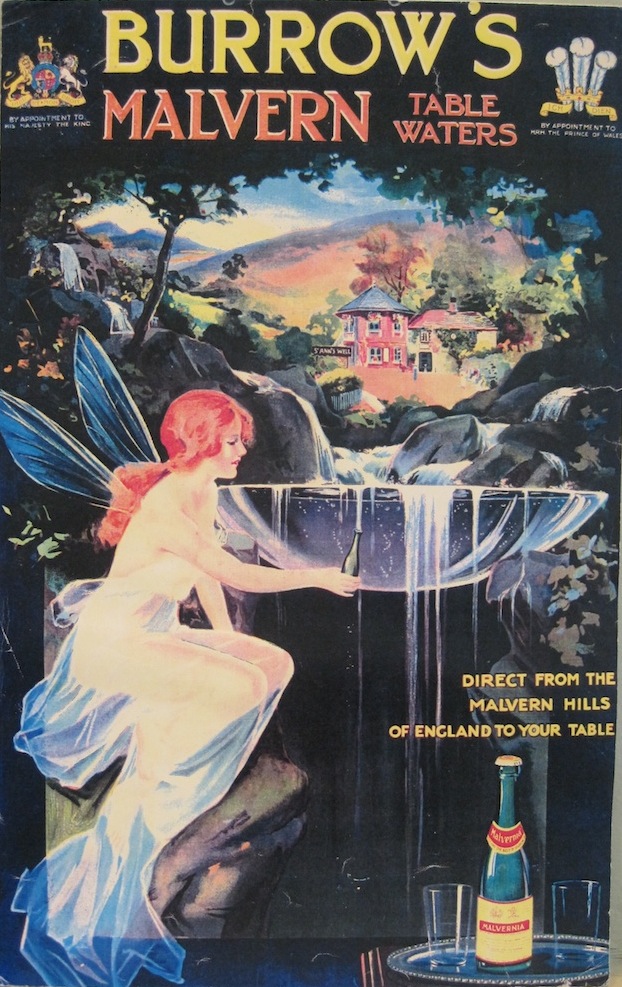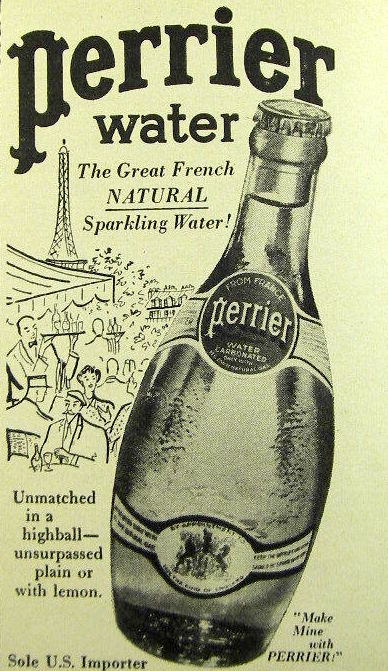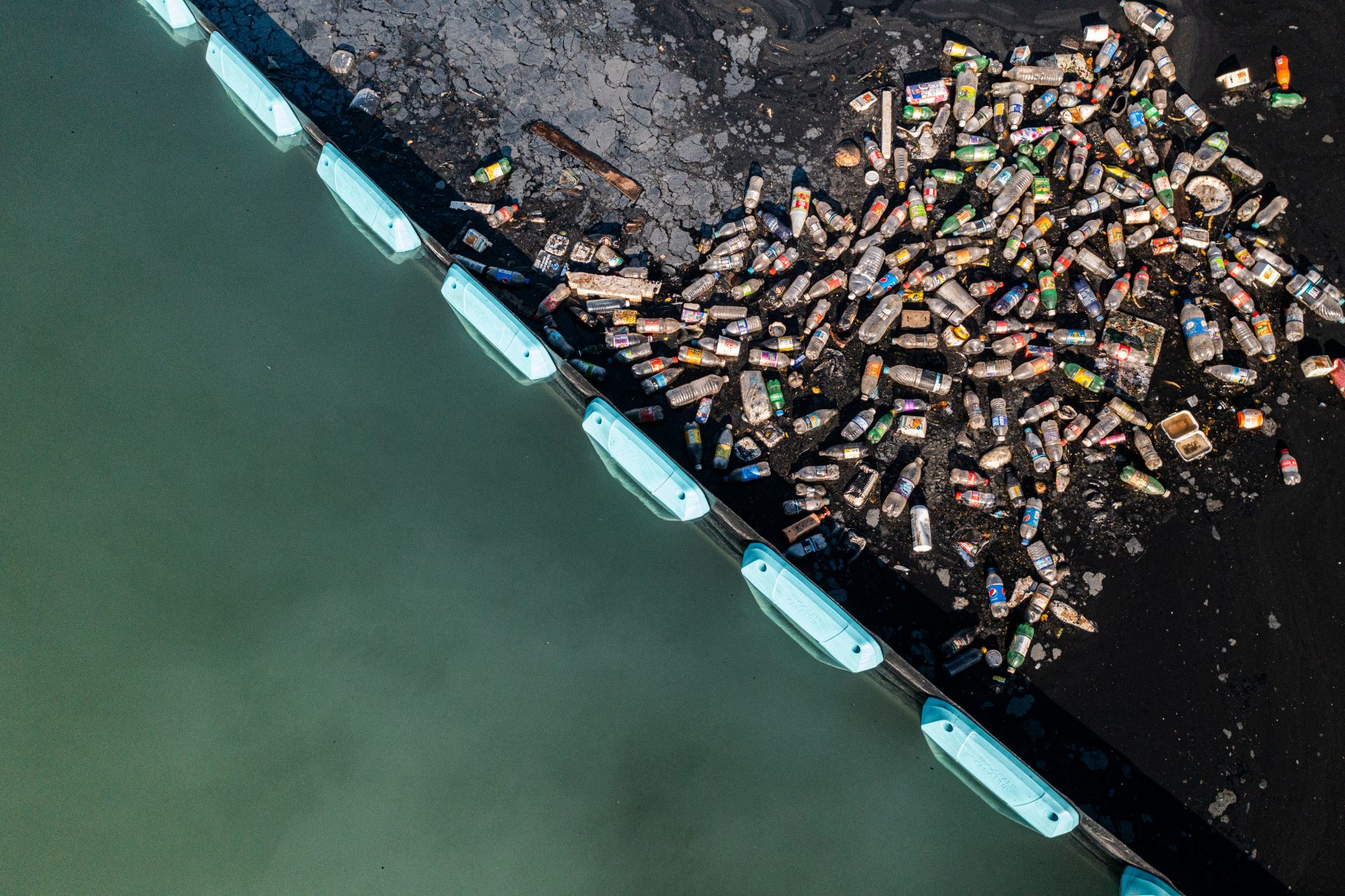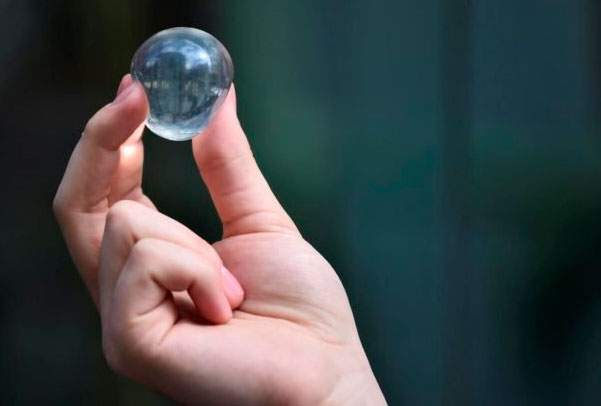Bottled Water

An advertisement for water from the Holy Well Bottling Plant, early 1900s.
History
The Holy Well Bottling Plant in the United Kingdom was the first bottling water plant in the world in 1622. The main reason for this bottling plant was for the perceived medical value of the spring water, the product of which was sold in pharmacies in Europe until the 1900’s.
The History of bottled water predates our country’s independence, with records of water bottled and sold from Jackson’s Spa in Boston in 1767.
In Geneva, Switzerland bottled water hit a significant milestone when Johann Jacob Schweppe discovered a way to carbonate water for a delightful fizzy quality.
In 1856 seven million bottles of water were sold at Saratoga Springs in New York, very famous at the time. A pint of water was sold for $1.75 (Equivalent to about $58.41 today). A Typhoid & Cholera breakout in the mid-19th century led to bottled water dependence.
In 1908 water disinfection methods (first practiced in New Jersey) like chlorination were discovered as an effective way of combating the Typhoid epidemic, and bottled water lost popularity. Why pay for something that is free and safe?
Plastic bottles were first used commercially in 1947. However, the bottles remained relatively expensive and impossible for some to afford. It wasn’t until the early 50’s when high density Polyethylene was introduced that bottled water became an accessible luxury.

An early plastic water bottle, complete with cork lid.
It came back into fashion thanks to some serious marketing campaigns. Beverage companies realized they can only sell so much sugary beverage, and something needed to be done for continued growth. The most notable campaign that changed the way people viewed bottled water was the Perrier $5 million campaign in America to popularize Imported water, branding it as luxurious and renewing the health and image status.

A 1953 advertisement for Perrier water.
In 1973 Nathaniel Wyeth invented the Polyethylene Terephthalate (PET) bottle which was the first time a carbonated beverage could be bottled in plastic. This was a big deal for sparkling water and sodas.
By the early 2000’s tap water was fully engaged in a war with bottled water. Beverage companies were playing on consumers’ fears of contamination with tap sources. One of the Key players in this war was Brita Filters which further alleged the fact that toilet water and tap water came from the same source. You should watch Idiocracy (2006) if you haven’t already.
A screenshot from a Brita-produced interactive Flash experience meant to inform consumers that they are drinking toilet water (image captured by investigative geniuses at uselist.us).
The Problem
There were significant developments in 2011 due to rising environmental pollution concerns caused by plastic bottles (which remain the most common garbage found in the ocean alongside cigarette butts). The EPA set regulations by reducing the weight of a PET plastic bottle from 47.7 grams to the current 9.89 grams.
This is not enough, considering:
- 1,000 people in America open a bottle of water every second.
- For every 6 bottles that are purchased only 1 is recycled and only 50% of what we put in our recycling actually gets recycled.
- It takes 3 times the amount of water to make the bottle as it does to fill it.
- PET bottles require giant amounts of fossil fuels to make– a valuable, non-renewable resource.
- It takes almost 2,000 times the energy to manufacture bottles as it does to produce the same amount of tap water.
- Americans drink more bottled water thank milk or beer a year, and consumption is increasing 10% each year.
- Plastic bottles release chemicals into your drinking water when exposed to heat.

A barrier capturing plastic bottles as they enter the ocean from a river.
The Ocean Cleanup
Beside the issue of plastic bottles, many companies are sourcing their bottled water from the same municiple or well water supply that you get from your own tap. These companies include:
- Dasani (aka. The Coca-Cola Company)
- Aquafina (aka. PepsiCo)
- Nestle Pure Life
- Smart Water (aka. Energy Brands, aka. The Coca-Cola Company again)
The Solution
Thankfully, there are some alternatives to plastic water bottles. If you're willing to make the switch for the greater good, you might consider:
- Reusable bottles are simply the most effective option. For as long as your bottle lasts (usually about a year), this solution produces zero waste. Additionally, most of these are made of polycarbonate which is more biodegradable than PET. You can also get them with fun designs and/or decorate them to add personal flair.
- Boxed water and canned water are both far more recyclable and biodegradable than plastic bottles but still contain a small amount of plastic lining on the interior.
- Edible water "bottles" is a solution mostly still in development. Ooho, the most popular option, are small edible spheres of water made with Sodium Alginate (thickener made from algae) and calcium chloride which are ingredients already used in food. They are low cost to make at about 2 cents a sphere. Currently, the shelf life is very low and the membranes are fragile, so you aren't likely to be throwing a bundle of these into your bag for daily hydration just yet.

Ooho edible water
Of course if you want to use a reusable bottle, you have to fill it up somewhere. You might be thinking, “I've tried the water from my tap and it’s just not as good as bottled water.” If that's the case, you are not alone. In a 2020 American Water Works Association survey, almost a quarter of US adults rated their tap water as not that great.
The most common problem with tap water is whether it comes from a public water supply or a private well. Since buying a new house with a well is a big chore to get better tasting water, we decided to ask around and see how others have dealt with the issue:
- California - This person complained of heavy chlorine flavor (which is often a side effect of treated water from a public supply), so they used a Culligan Water full-home filtration system.
- North Carolina - An under-sink filtration system was needed to achieve happier hydration.
- Louisiana - A small PUR filter was enough to eliminate their strange, chalky flavors.
- Oklahoma - Their water had an unsettlingly unidentifiable flavor that was taken care of by a ZeroWater pitcher.
- And I, myself, find that no bad tastes get past my Brita filter.
Finally, if after all this you can't bring yourself to make the switch from bottled water, I would recommend you at least choose a brand that sources their water from a real spring. You'll probably find that they taste better and make you feel better. Try:
- Deer Park
- Crystal Geyser
- Ozarka (my favorite– it's so good)
- Poland Spring